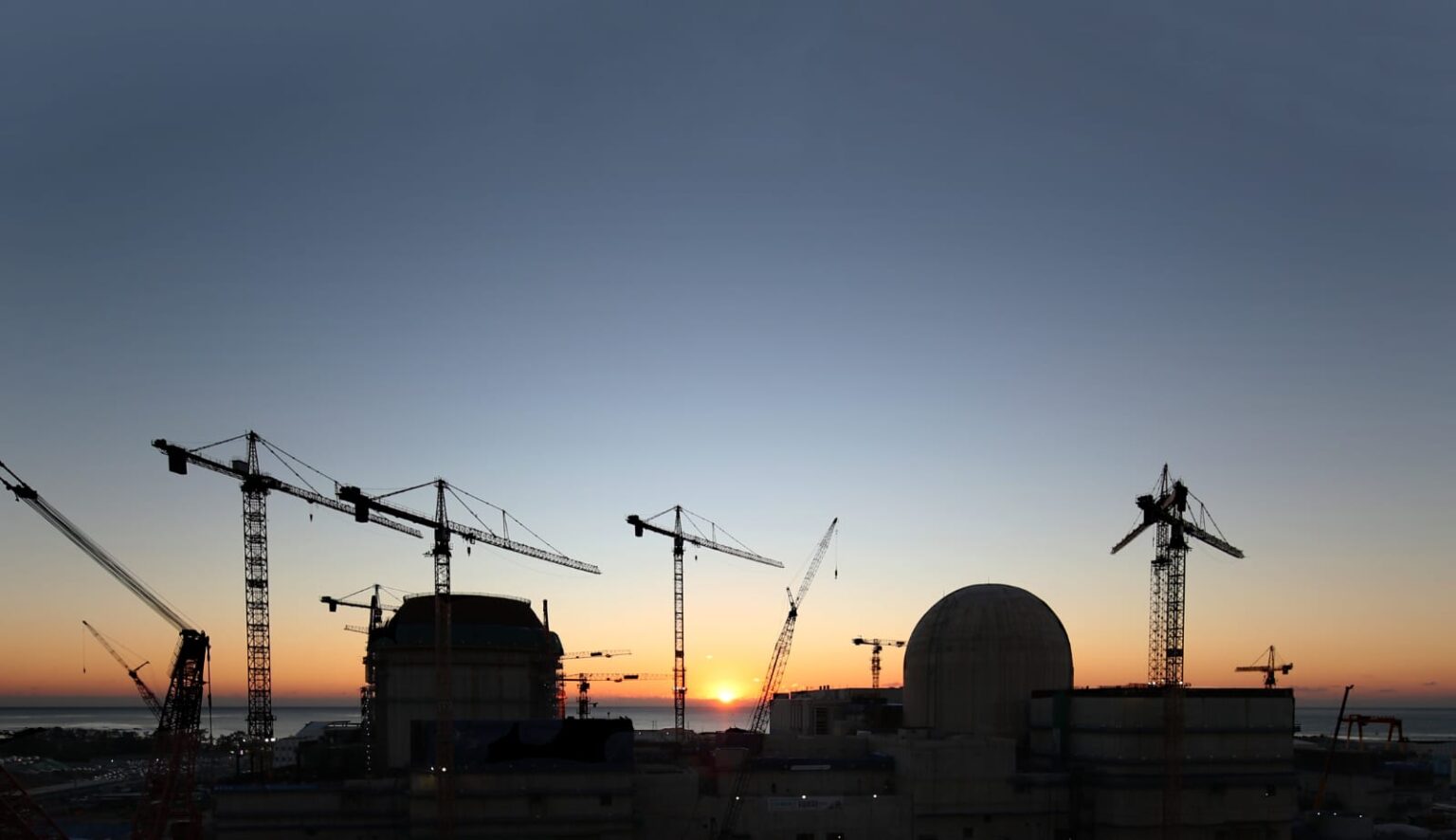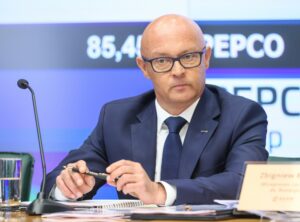The construction of Poland’s second NPP together with South Korea could be put on hold. This solution is a double-edged sword – writes Wojciech Jakóbik, editor-in-chief at BiznesAlert.pl.
- The Korean project could theoretically be implemented at the same time as the American one in Pomerania.
- The technological dispute between the Americans and the Koreans can last even longer and it is difficult to plan the construction of reactors without its resolution.
„ZE PAK, controlled by Zygmunt Solorz, was reportedly informed by representatives of the government and PGE that the works on to the joint project to construct a nuclear power plant have been frozen. The plant was to be built in cooperation with Korea’s KHNP,” Polityka Insight reports.
The freezing of the Korean nuclear project in Poland has positive and negative outcomes. I’ll start with the negatives. The contract for the construction of a nuclear power plant in Pomerania between Polish Nuclear Power Plants, Bechtel and Westinghouse is being negotiated. The Korean project may have been used as a leverage against the Americans, who are arguing with the Koreans for the right to polonize the APR1400 technology. Now it’s gone. It is also an image blow to the relations between Poland and Korea.
The Korean project could theoretically be implemented next to the American one in Pomerania. Korea’s KHNP could provide a second power plant around 2035-40, and Poland wants 6 to 9 GW of nuclear power by 2043. The NPP in Pomerania with a capacity of 3,750 GW and four reactors in Pątnów with a maximum capacity of 5,6 GW (4×1,400 MW) would give 9 GW.
However, working on two projects at the same time is also a disadvantage. Building with two partners in different technologies at the same time is an organizational challenge, which entails competing for resources, including the state supporting two endeavors at once. The Korean project, hitherto called „private”, would require the application of a financial model with the involvement of the state through the state-owned energy company PGE.
In addition, the technological dispute between the Americans and the Koreans can last even longer and it is difficult to plan the construction of reactors without its resolution. This is also a challenge for the project in Pątnów.
To sum up, the optimal solution would be to further analyze the project in Pątnów without deciding on its fate in order to improve the negotiating position in the conversation with the United States, to keep in touch with KHNP – the potential partner in case it is possible to build reactors together. The signal about the freezing of the project may undermine the credibility of Poles in relations with the Koreans. There’s another option. Perhaps Warsaw has decided to return to the original concept of PPEJ and will soon make a breakthrough in relations with the Americans, which will give a clear perspective on the construction of reactors in Pomerania and further cooperation in the second location. In that case the Korean failure would mean an American success.









